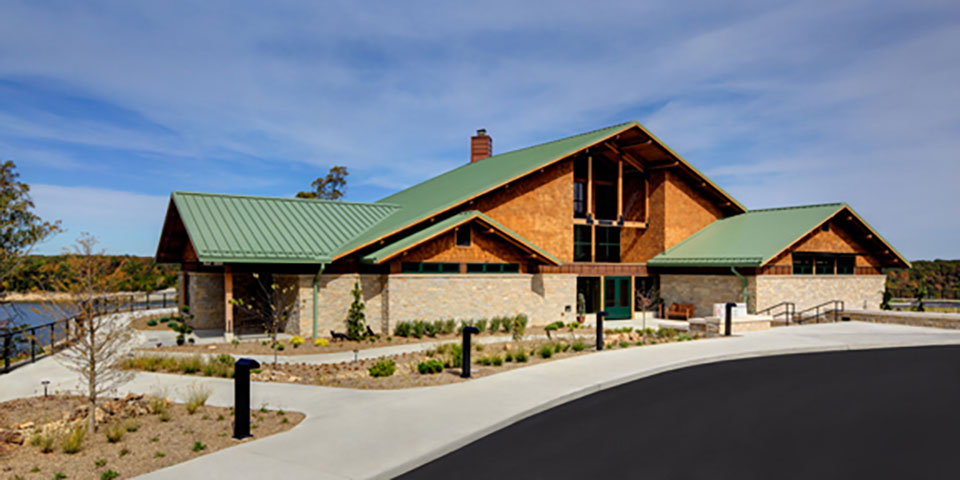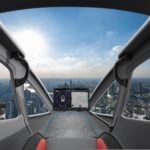All engineers and engineering firms are pretty much the same, right?
No! Intolerable presumption!
As airport engineers and designers, it’s crucial that we understand that our services are more than just a commodity. After all, clients in the aviation industry rarely have “common” problems (the moment I find one who does, I’ll concede this point); they face exceedingly specific challenges every day, and they call for far more than just generalized engineering solutions.
We practice engineering in the world of communications and security technologies. These systems are the Gordian Knots of aviation, intertwined with everyday and emergency operations. It’s impossible to untether them from the business of moving planes and people. As a result, technology is to airport business as blood is to life. We have to understand the issues faced by aviation professionals to the point that we’re an inseparable part of the team.
Malcolm Gladwell wrote provocatively in his book “Outliers: The Story of Success” that it requires 10,000 hours of practice to become a master of a craft. Some disagree with his contention, but Ross & Baruzzini puts in more than 200,000 hours of specialized practice every year.
This is our culture — understanding and delivering expert knowledge in a complex industry.
Airport Engineering Is a Balancing Act
People sometimes claim that airport information technology and security problems are business problems. But this presumes that the underlying engineering of these systems is static, which can be dangerously inaccurate.
What’s more accurate is that today’s complex systems require engineering that respects the breadth of requirements necessary for the systems to function.
Recognizing this is crucial to the airport industry, which runs on an “invisible highway” both in the air and on the ground. An unseen network of information flows throughout an airport terminal at the speed of light, driving the airport’s operations. This network requires not only the right infrastructure to work, but also the appropriate business decisions to continuously support its functioning.
The planning and implementation of technology systems must address issues that can arise during the design and construction phases and years into the future. And because we live in the digital age, we have to keep in mind that change is unpredictable.
Knowledge and Experience Make the Difference
The development of aviation infrastructure is tied to the development of aviation itself. When we work with clients, we use three strategies to guide our thinking:
1. Insist on technical excellence. No, we don’t leave things for vendors to figure out. Engineers at the top of their field help everyone make informed, flexible, and rational decisions. Whether you’re dealing with a public address system, video surveillance, or data analytics, there’s no substitute for a person who knows that subject area deeply.
2. Trust the client. In important ways, our relationship with a client is similar to that between a patient and a physician. When I was having a particularly challenging day, I asked my doctor what he does when a patient simply refuses his counsel:
His answer: “I have an obligation to you above and beyond simply what you want to hear. I have a professional obligation to sound and responsible practice, as well. But I cannot live your life or compel you to do what I recommend. In the end, you and I will have to trust one another to be successful.”
I love that idea.
When we provided the systems engineering for the beautiful Indianapolis International Airport (still lovely after six years), we developed deep relationships with the staff and executives. They didn’t do everything we recommended, but we always talked about it, and in the end, we trusted one another to do the right thing.
3. Speak multiple languages. Systems engineers must be multilingual in the sense that we not only have to speak the technical language but also have to think and speak in terms of how engineering systems function in the aviation environment. At the highest level, we have to understand how all of this fits into our clients’ long-term goals. It’s not enough for us to be good at our craft; we have to base our success on the client’s definition of the word.
Consulting engineers have to be strategic partners for clients. It’s not just about delivering an airport facility that works the way it’s supposed to; it’s about creating success for clients by walking — or flying — with them every step of the way.





